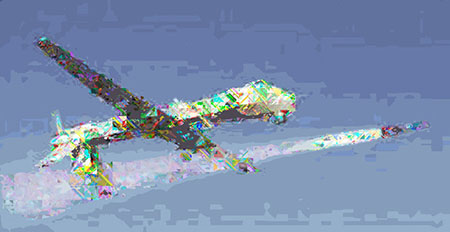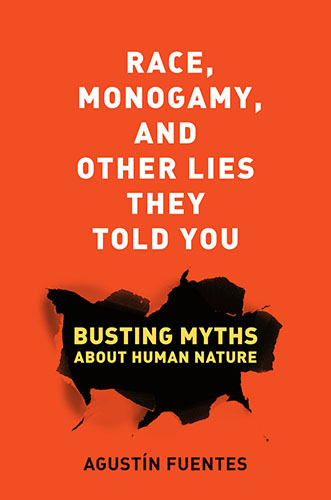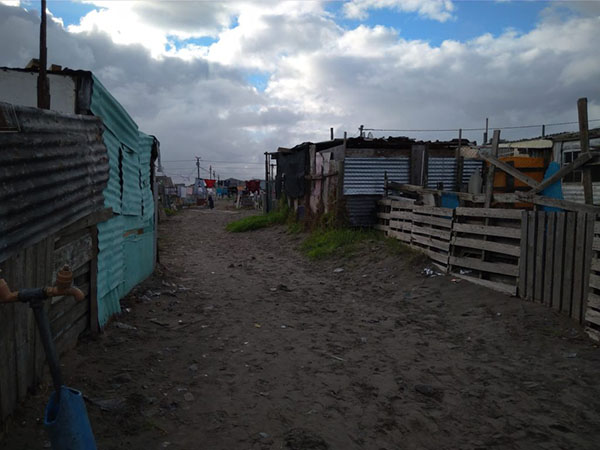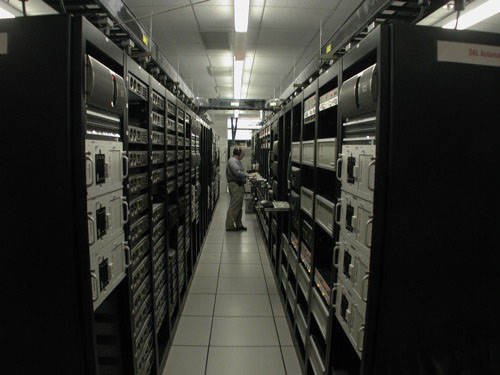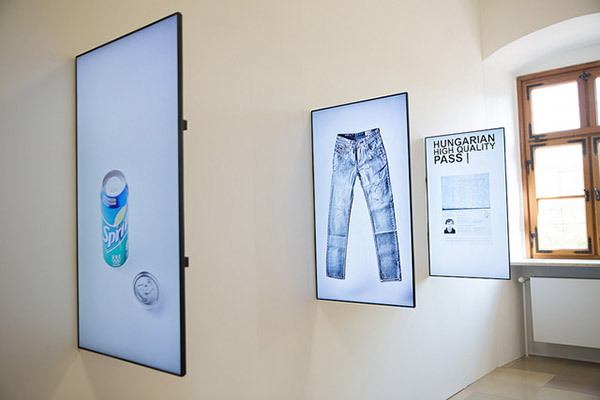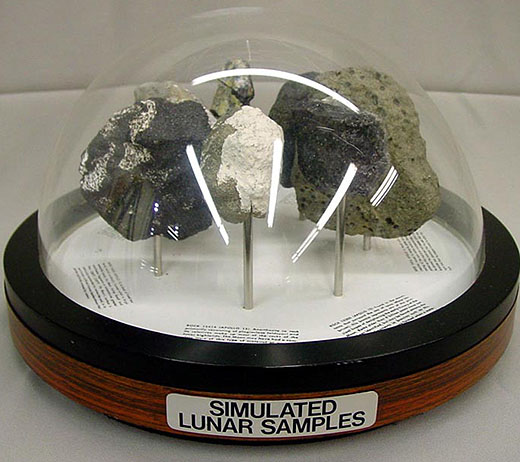
The Strange Journeys of Otherworldly Artifacts
The list of objects on offer is intriguing: flags that were carried, but never raised on a flagpole; stamps that traveled thousands of miles without being posted; a meal tightly sealed in a plastic pouch, returned uneaten from the journey. These artifacts, and many others like them, are listed for sale on Bonhams’ auction site—under the “Space History” category. Popular items include commemorative medallions, pins, flags, mission patches, and postal issues, authorized by the National Aeronautics and Space Administration (NASA). The auctioneers’ specialized language includes terms of location, movement and possession: objects are listed as “carried,” “flown,” “signed,” and “rare.” Collectors prepare their bids based on the details of object histories—where they have traveled and with whom—as recounted in accompanying letters of authenticity or fixed in time and place by a photograph. Bonhams’ vivid descriptions and NASA’s authenticating control create a fascination and demand among collectors and the public for objects circulating on Earth that have been to space—and an invitation to support future journeys. (read more...)

